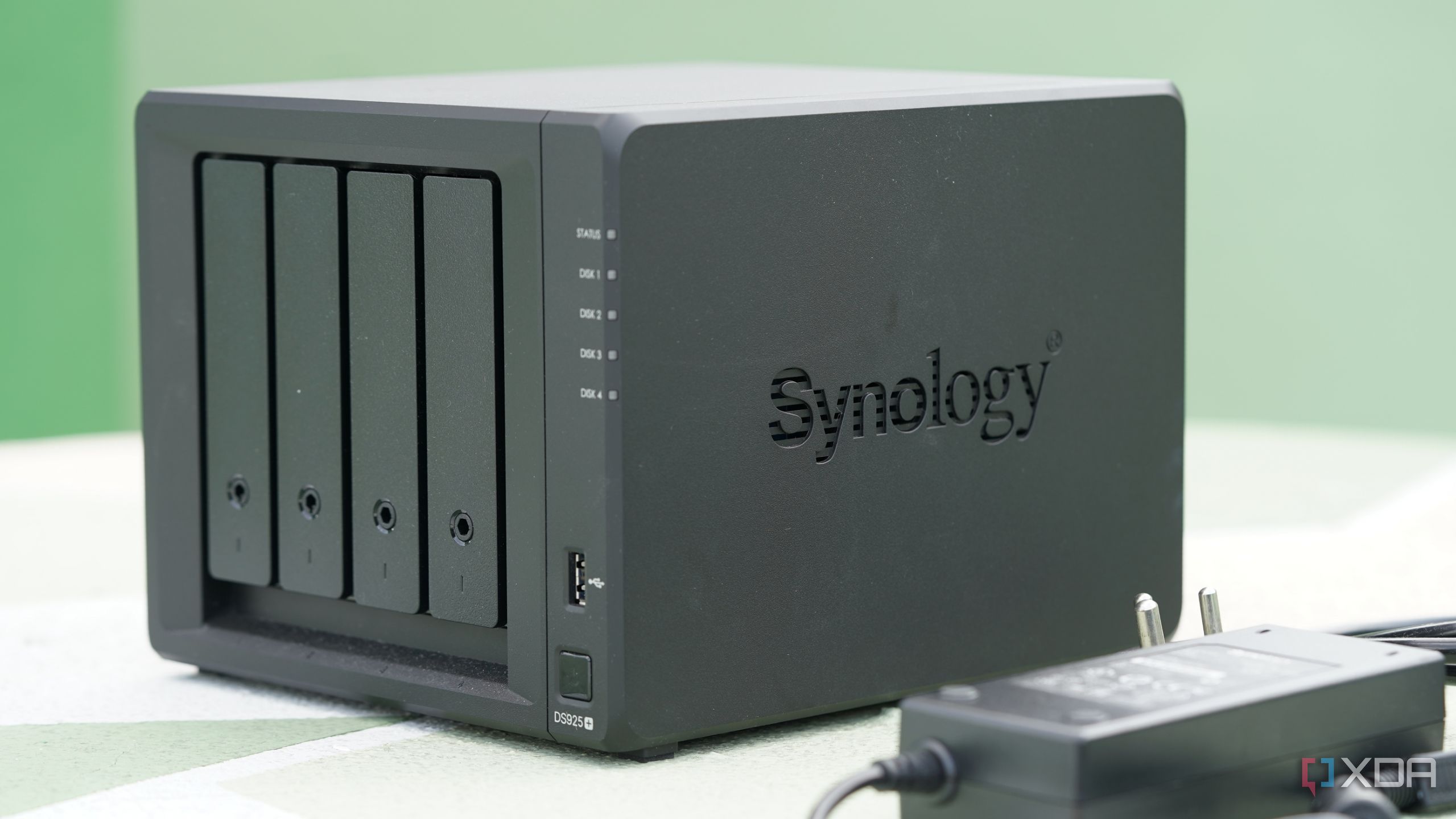URGENT UPDATE: A tech enthusiast has transformed their home server setup by switching from a complex Proxmox system to a user-friendly Synology NAS, revealing the benefits of simplicity in home data management. In a surprising move just months ago, the user sold off their intricate Proxmox server, which required constant maintenance and technical know-how, to embrace a streamlined solution that significantly reduces hassle.
This decision was driven by a desire for efficiency; the user cited that managing multiple virtual machines, Docker containers, and backup scripts on Proxmox consumed too much time and energy. The switch to Synology’s DiskStation Manager (DSM) has proven to be a game-changer, allowing for a more intuitive interface and streamlined operations.
The transition highlights a growing trend among home tech users seeking simplicity over complexity. Users are increasingly realizing that not every home server solution needs to be intricate. Synology NAS systems provide an all-in-one appliance that offers easy setup and maintenance, making data management accessible to everyone.
Upon activating the NAS, the user was immediately impressed by the polished interface of DSM, which operates seamlessly in a web browser. Key features include a desktop-like control panel, a task manager, and an extensive app store with first-party and third-party packages. Setting up shared folders, managing user permissions, and implementing backups can now be accomplished in mere minutes.
With Synology’s powerful Hyper Backup, users can perform local and cloud backups effortlessly, complete with versioning and built-in encryption. The NAS also supports applications like Plex for media streaming and Home Assistant for smart home automation, providing robust functionality without the need for extensive technical configuration.
However, while the transition to Synology brings substantial benefits, there are some trade-offs. Users will find that the flexibility of a fully customizable system like Proxmox is reduced. For instance, Docker support on Synology, while capable, does not match the full-featured capabilities of a dedicated Linux host. This may still appeal to power users, but for the average consumer, Synology covers over 90 percent of typical home server needs.
This shift from complexity to simplicity is resonating with many in the tech community. The user emphasizes that their experience with Proxmox was invaluable for understanding self-hosting intricacies. Yet, the overwhelming complexity of constant configuration and troubleshooting ultimately led to the decision to simplify.
As the tech landscape evolves, this trend underscores the growing demand for user-friendly solutions that prioritize convenience. The Synology NAS is not just a tool; it represents a shift in mindset, reminding users that sometimes, less truly is more.
This development is significant for those considering home server options. With the user-friendly design and capabilities of Synology NAS systems, individuals can now manage their data more efficiently, allowing them to focus on what truly matters—accessing and enjoying their content without the technical stress.
Stay tuned for more updates on the evolving landscape of home technology and how user experiences are shaping the future of data management.







